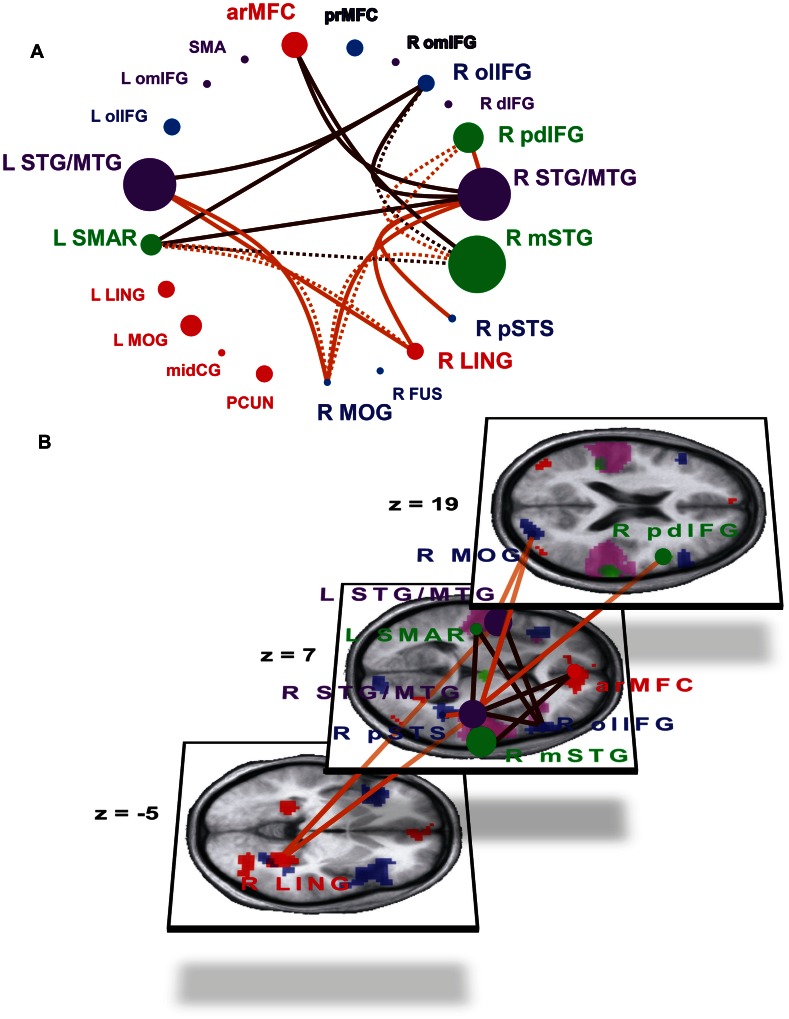Figure 4. Differences in connectivity within the laughter perception network during perception of joyful (JOY) and taunting (TAU) laughter.
Brain regions with significantly increased responses to CSL (CSL>TIC; red areas/dots), to TIC (TIC>CSL; green areas/dots) and during explicit processing of social information of laughter (CAT>COU; blue areas/dots) as well as regions with equal activation under all experimental conditions (mauve areas/dots) are shown in schematic form (A) and superimposed on a three dimensional rendering of three transversal slices of the subjects’ mean anatomic image (B). Increased connectivity during perception of joyful laughter (JOY>TAU; orange-brown lines; A, B), and during taunting laughter perception (TAU>JOY; dark brown lines; A, B). Continuous lines: modulations of connectivity which survive correction for multiple comparisons within the target ROI and additional Bonferroni-correction for the number of investigated connections (300). Broken lines: modulations which survive correction for multiple comparisons within the target ROI but not Bonferroni-correction; additionally, the activated portion of the target ROI is part of a significant target cluster of the whole-brain analysis. Z coordinates refer to the MNI-system.

